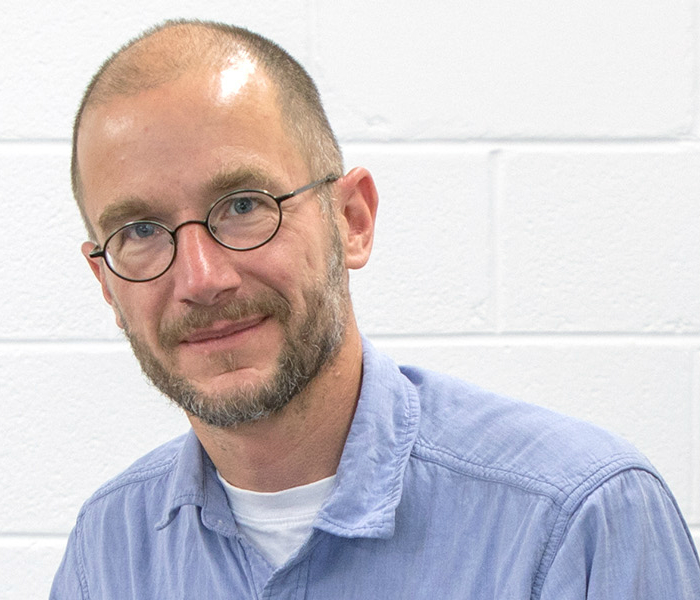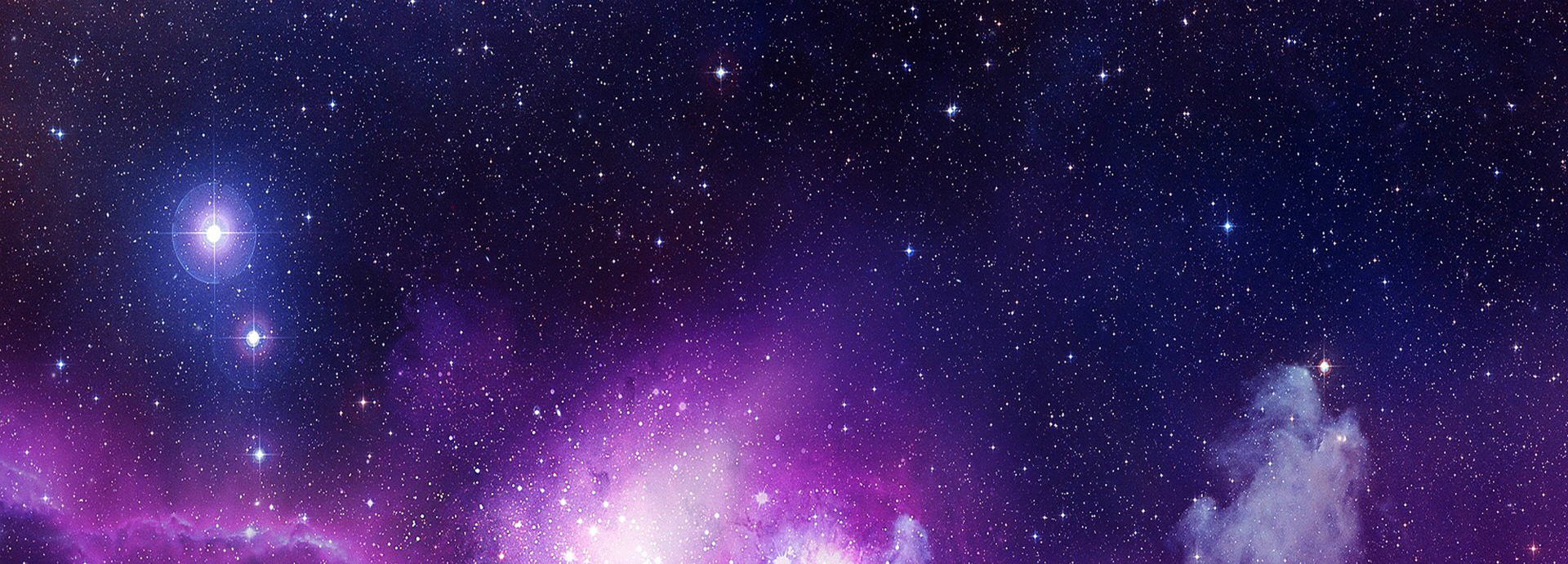A team of international scientists – including a University of Stirling academic – have marked a major milestone in the high-profile Hayabusa2 mission.
Dr Axel Hagermann, Associate Professor in Biological and Environmental Sciences, this morning joined colleagues at the German Aerospace Centre in Cologne to confirm the arrival of the lander, Mobile Asteroid Surface Scout (MASCOT), on primitive asteroid Ryugu.
Ryugu – only 870m in diameter – is currently more than 300 million kilometres away from Earth. The arrival of the asteroid lander, a French-German project, represents a significant landmark in the Japanese-led mission, which is aiming to shed new light on the origin and evolution of the solar system.
Dr Hagermann – the only UK-based scientist on the Hayabusa2 mission – is co-investigator on the Thermal Infrared Imager, which will study the temperature and thermal inertia of the asteroid. He will support data analysis by recreating the thermal conditions of the asteroid surface in the Planetary Ices Laboratory at Stirling.
“The lander was released by the mother spacecraft at 01:58 GMT and arrived at the surface of Ryugu approximately 20 minutes later,” said Dr Hagermann, a geophysicist who focuses on ice and its physical properties.
Discovered in May 1999, Ryugu is a primitive, C-type asteroid – meaning its composition includes water and organics – and is part of the Apollo group of asteroids, regarded as potentially hazardous due to their close proximity to Earth.

Associate Professor, Biological and Environmental Sciences
Ultimately, we hope the Hayabusa2 mission will tell us how the asteroid came about, and over what period of time, and provide information on the history of the solar system, particularly relating to water.
Hayabusa2 – launched in December 2014 – is the first mission to an asteroid of this nature and only the second ever to return a sample from an asteroid, and experts believe it will provide an important insight into conditions in the early solar system.
The 600kg spacecraft – which features ion engines as well as state-of-the-art guidance and navigation technology, antennas and attitude control systems – is flown by the Japan Aerospace Exploration Agency in collaboration with the German Aerospace Centre and the National Centre for Space Studies in France.
It arrived at Ryugu in June and had mostly been observing the asteroid from around 20km, descending to an altitude of almost 50m above Ryugu’s surface to deploy two Japanese rovers in September, and the MASCOT lander on October 3.
“While the mother spacecraft will map the entire asteroid and take a sample, MASCOT was designed to take close-up pictures of the surface of the asteroid and to measure thermal properties of the surface at close range,” Dr Hagermann continued. “Ultimately, we hope the Hayabusa2 mission will tell us how the asteroid came about, and over what period of time, and provide information on the history of the solar system, particularly relating to water.”
The Hayabusa2 spacecraft is expected to return to Earth with samples by the end of 2020, allowing the team to clarify interactions between minerals, water and organic matter in the primitive solar system.
Dr Hagermann is also currently working on the NASA InSight mission and will be involved in assessing data from the Heat Flow and Physical Properties Probe, better known as HP3. This work aims to piece together the story behind Mars’ origin and evolution by measuring the heat currently escaping through the surface of Mars.
Stirling’s involvement in Hayabusa2 is funded by the Science and Technology Facilities Council. HP3 and MASCOT are led by the DLR Institute of Planetary Research Berlin.
Background information
Media enquiries to Greg Christison, Communications Officer, on 01786 466 687 or greg.christison@stir.ac.uk

